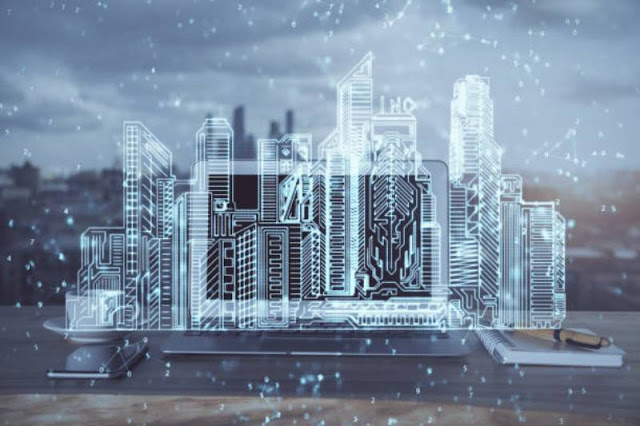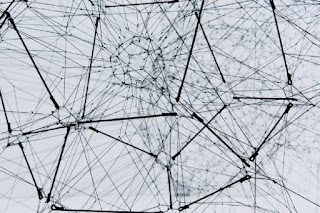Decoding Deepfake AI: Detection, Risks, Examples, and FAQs

Decoding Deepfake AI: Detection, Risks, Examples, and FAQs
Introduction (100 phrases):
Deepfake AI, a technology that makes use of syntheticintelligence to create tremendously convincing, however completely fabricated,
audio, video, and photos, has garnered significant interest in latest years.
While it offers exciting possibilities for leisure and innovative expression,
it additionally includes tremendous dangers, which includes incorrect
information and identity theft. In this text, we are able to delve into what
deepfake AI is, how you could spot them, potential dangers, real-international
examples, and frequently asked questions surrounding this rising generation.
What Is Deepfake AI? (one hundred fifty phrases):
Deepfake AI, brief for "deep mastering" and
"fake," refers to a class of synthetic media generated by AI
algorithms. These algorithms use deep neural networks to control or replace
current content, frequently in the form of audio, video, or images, with
relatively sensible, but completely fictional, content material.
How Can You Spot Deepfakes? (one hundred fifty words):
Detecting deepfakes may be hard, as the technology behind
them keeps to improve. However, a few telltale symptoms include:
Inconsistent Facial Movements: Look for discrepancies in
lip-syncing, blinking, or unusual facial expressions that don't fit the audio.
Unnatural Lighting and Shadows: Deepfakes may also have
lights and shadow inconsistencies, because the AI may warfare to correctly
reflect those info.
Blur or Artifacts: Deepfake movies may show off blurriness
or unusual artifacts, mainly across the manipulated regions.
Lack of Eye Contact: Pay interest to the eyes; deepfake
topics might not make herbal eye touch.
Audio Anomalies: Listen closely for audio glitches, like
unnatural pauses or inconsistent historical past noise.
Potential Risks of Deepfake AI (one hundred fifty phrases):
Deepfake technology increases several massive dangers:
Misinformation: Deepfakes may be used to unfold false facts
or control public opinion by using making it appear as if a person stated or
did some thing they didn't.
Privacy Violations: Deepfakes may be used to create
non-consensual specific content or control private pics for malicious purposes.
Identity Theft: Cybercriminals can use deepfake generation
to impersonate people, leading to identification robbery and fraud.
Reputation Damage: Deepfakes can tarnish the popularity of
public figures and celebrities with the aid of depicting them in compromising
or scandalous situations.
Examples of Deepfakes (one hundred fifty words):
Politician Speech Manipulation: Deepfake era has been used
to control the speeches of politicians, changing their phrases and potentially
swaying public opinion.
Celebrity Impersonation: Deepfakes had been created to
impersonate celebrities, main to false statements and fabricated activities.
Fake News: Deepfake AI has been used to create convincing
faux information declares and interviews, which can have actual-international
results.
Revenge Porn: Deepfakes had been used maliciously to create
non-consensual explicit content material through superimposing someone's face
onto specific pics or movies.
Frequently Asked Questions (FAQs) (150 words):
Q1: Are deepfakes illegal?
A1: The legality of deepfakes varies by way of jurisdiction
and cause. Creating and dispensing malicious deepfakes, which include revenge
porn or defamation, is unlawful in many places.
Q2: Can deepfake technology be used for positive functions?
A2: Yes, deepfake generation has potential nice
applications, which includes entertainment, movie production, and accessibility
functions for individuals with speech impairments.
Q3: How can I defend myself from deepfake assaults?
A3: Be cautious of unsolicited content and be aware that
deepfakes exist. Verify the authenticity of content, and don't forget using
watermarking or cryptographic strategies for added protection.
Q4: How are tech organizations addressing deepfake
challenges?
A4: Tech organizations are making an investment in deepfake
detection tools and AI-driven solutions to become aware of and fight the unfold
of deepfake content on their structures.
Q5: Are there legal guidelines or guidelines governing
deepfakes?
A5: Some countries have added or proposed law to cope with
deepfake-related issues, which include non-consensual deepfake introduction and
distribution.
Conclusion (a hundred words):
Deepfake AI technology represents each tremendous
possibilities and massive risks for society. While it has the ability to
revolutionize leisure and accessibility, its misuse poses threats to privateness,
popularity, or even national security. Detecting deepfakes stays challenging,
but with elevated awareness and improvements in deepfake detection equipment,
individuals and businesses can take steps to mitigate the dangers related to
this era. As the sector of deepfake AI maintains to conform, it's miles vital
that we stay vigilant, promote accountable AI usage, and adapt to the
converting panorama of artificial media.


